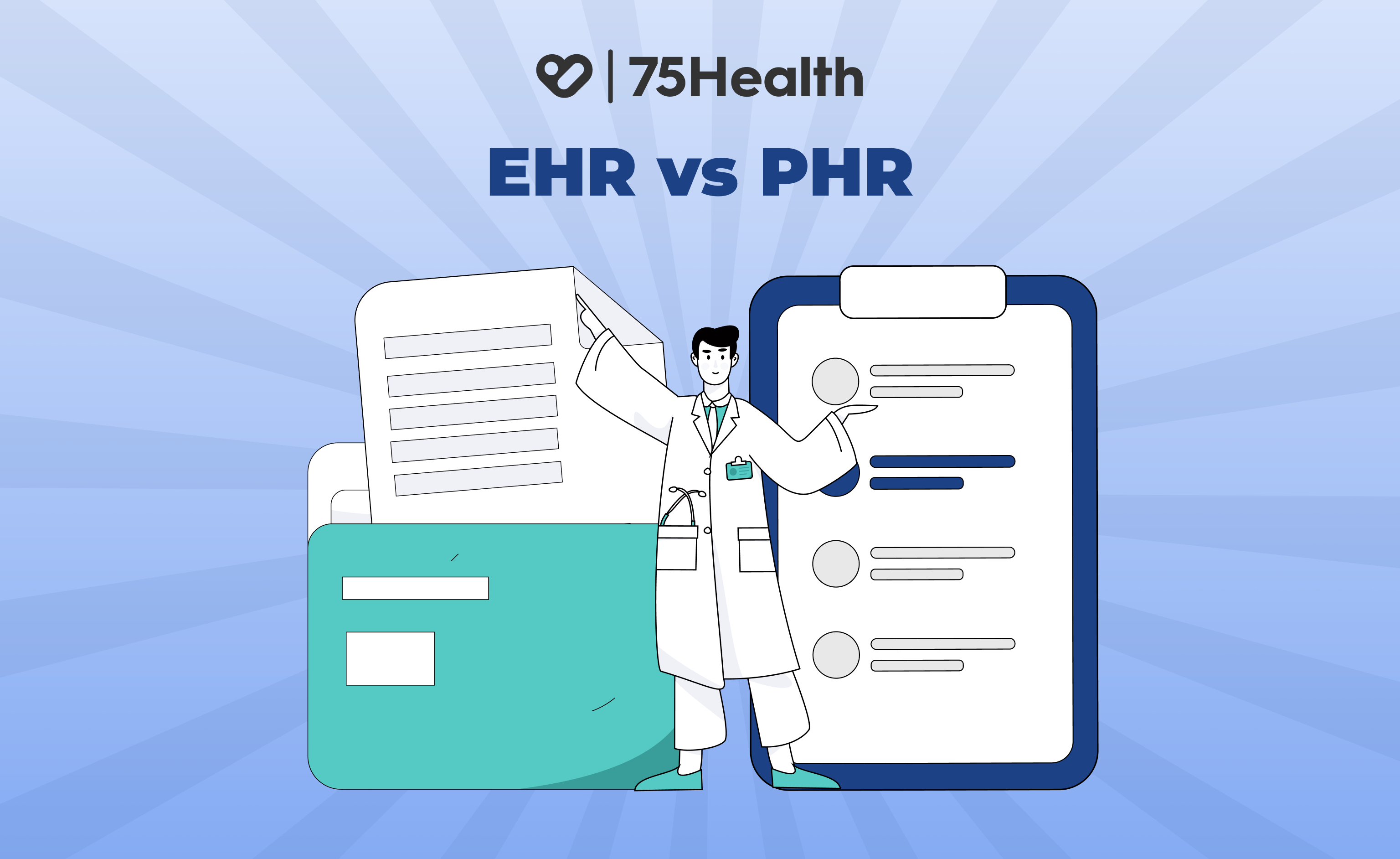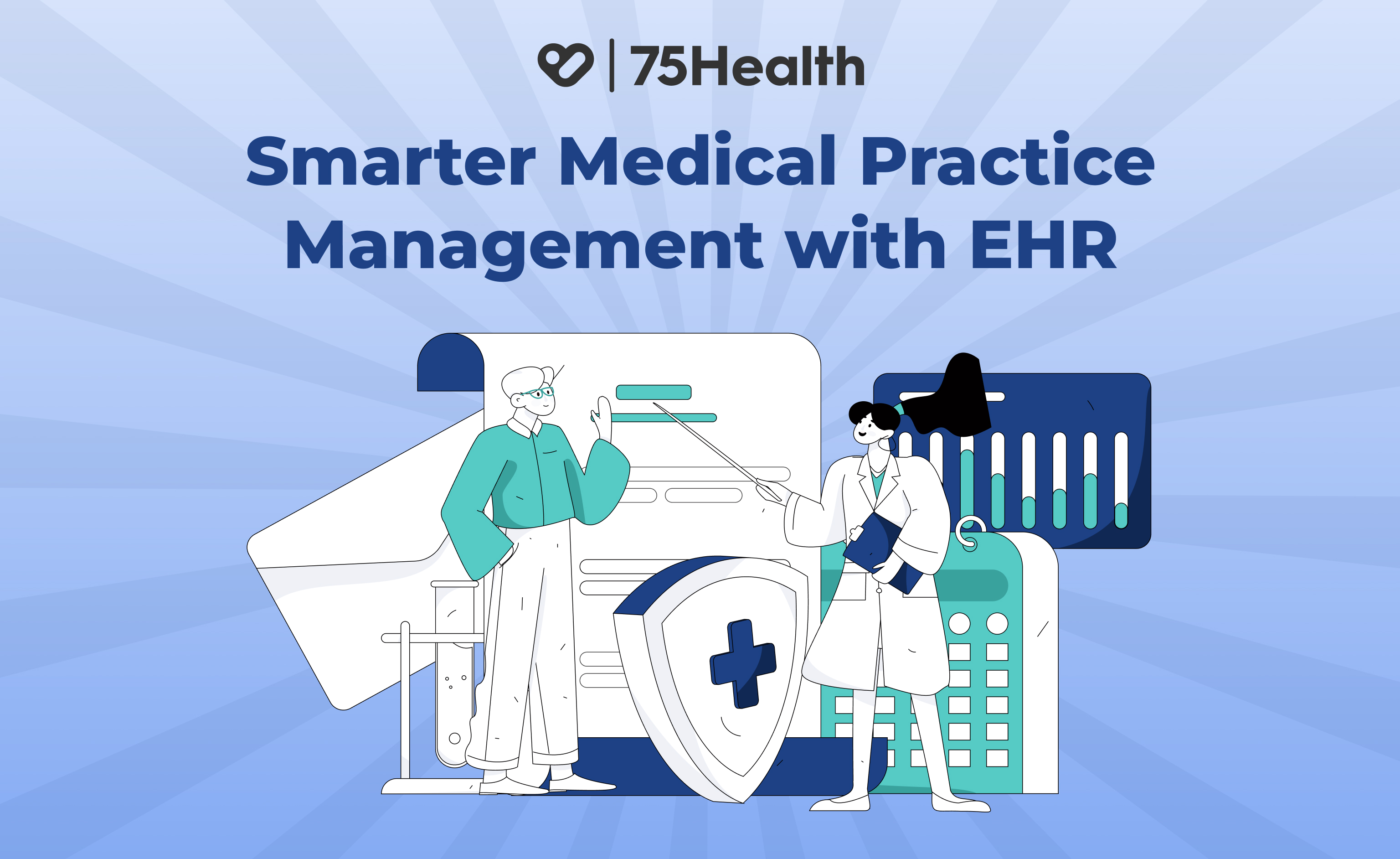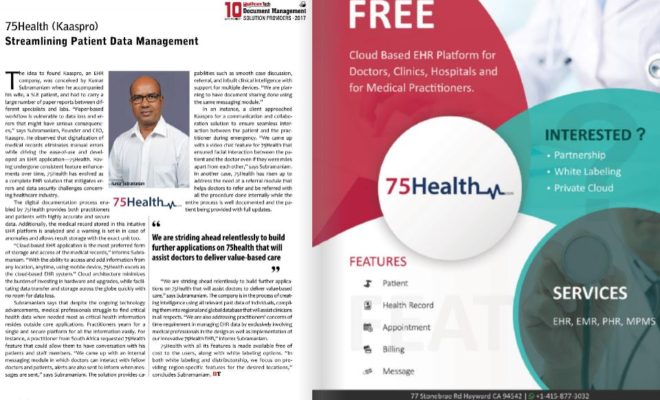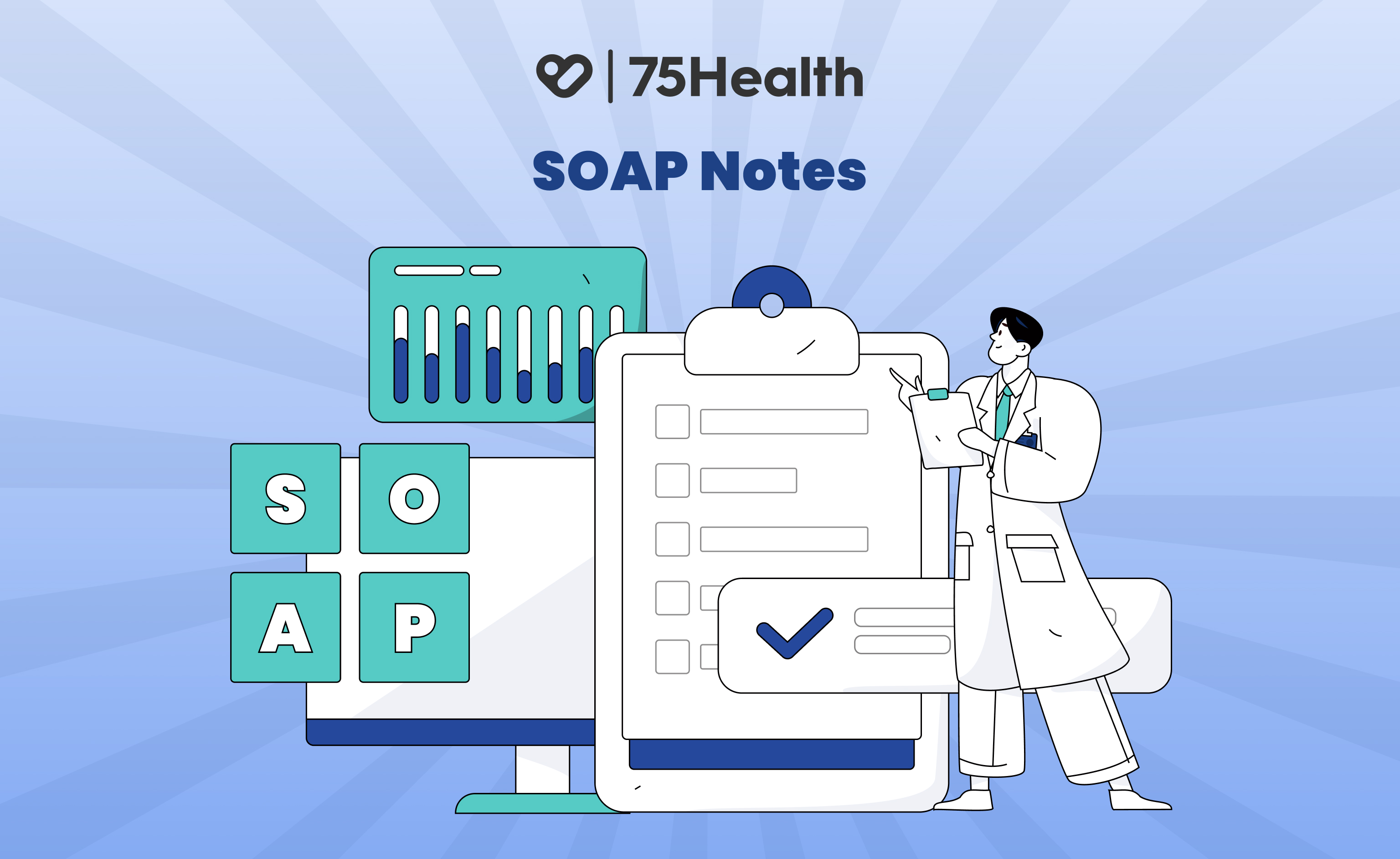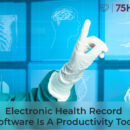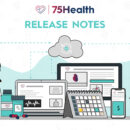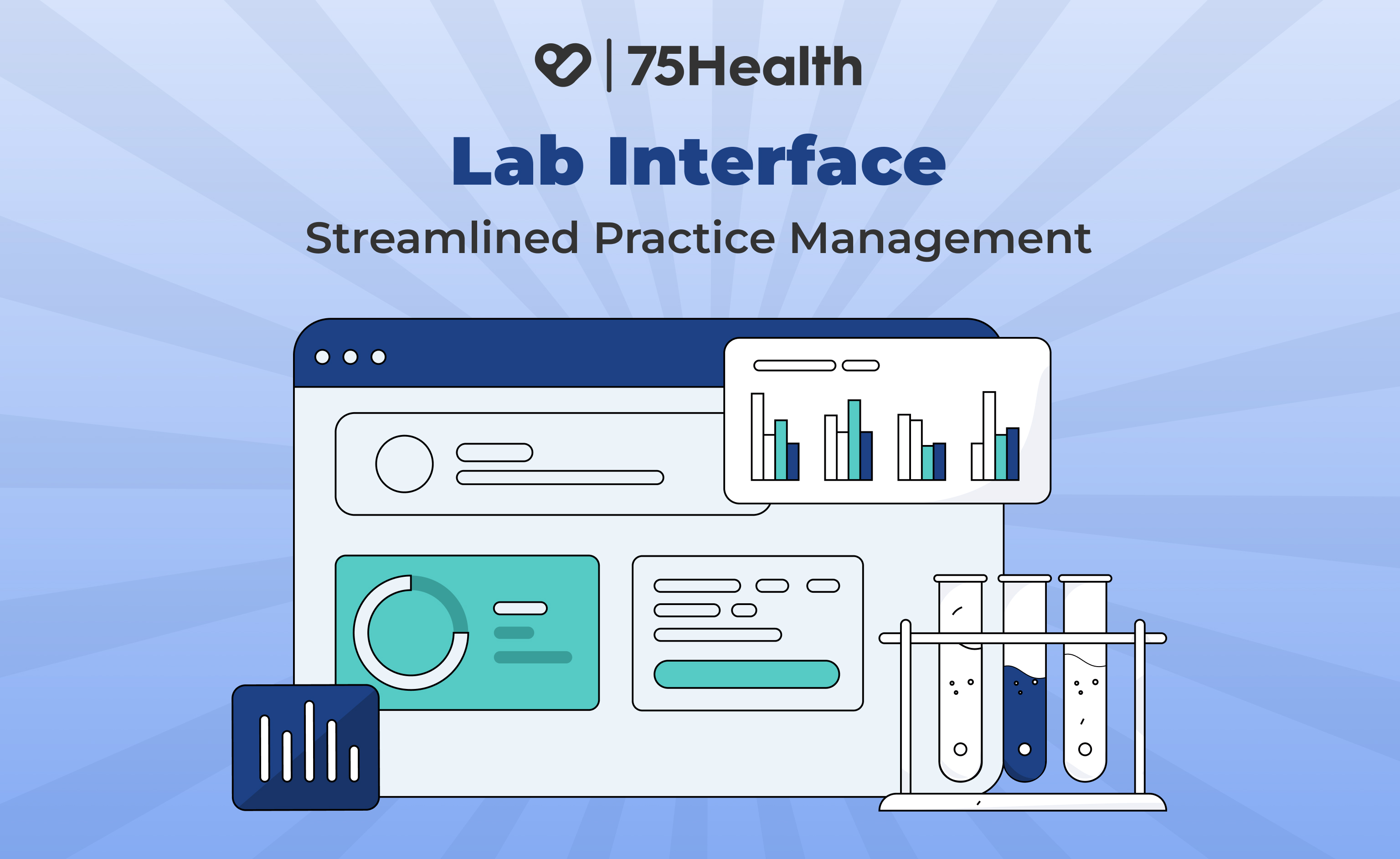EHR for Better Patient Engagement | 75Health
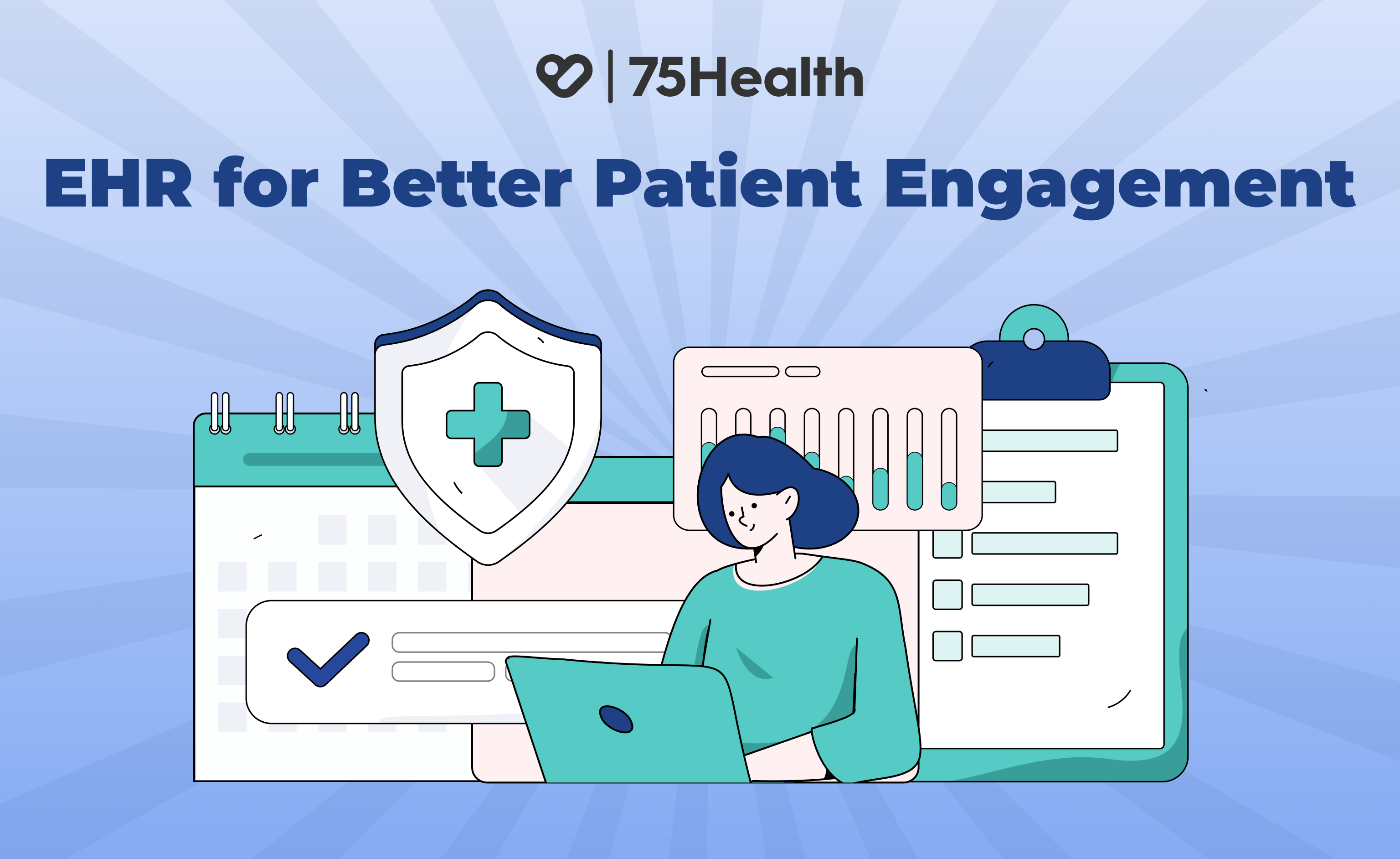
Healthcare Industry: A Patient-Centric Approach
When we hear or think of the healthcare industry, be it hospitals, clinics, or health systems, the first thing that comes to mind, spoken or not, is the patient. After all, patients are at the core of everything healthcare stands for: their treatment, safety, privacy, and overall well-being are what truly matter.
Understanding this fundamental truth, we’ve built the 75Health EHR platform with a strong focus on patient engagement.
In this blog, we’ll take a closer look at how 75Health supports meaningful patient involvement and improves their healthcare experience.
What is Patient Engagement?
Patient engagement is when individuals take an active role in managing their health. It means patients are informed, involved, and work alongside healthcare providers to make the right decisions about their care.
As the focus of healthcare shifts toward value-driven care, patient engagement emerges as a key element in:
- Improve health outcomes
- Provide better quality care
- Build trust between patients and doctors
Why Patient Engagement Matters
Patient participation is not just a trend, it’s a critical component of effective healthcare. When patients understand their conditions and take part in decisions, they’re more likely to stick to treatments and experience better results.
Here’s why it really matters:
In short, when patients are engaged, everyone benefits, the patients, the healthcare providers, and the system as a whole.
How 75Health Improves Patient Engagement
At 75Health, we’ve built features that keep patients informed, involved, and in control of their healthcare journey. Here’s how our platform helps improve patient engagement:
Cloud-Based EHR
Patients can access their health records anytime, anywhere, no restrictions, no delays.
Patient Portal Dashboard
An easy-to-use dashboard that gives a complete view of a patient’s health, including:
- Personal details
- Upcoming appointments
- Health metrics (blood pressure, sugar, pulse displayed with helpful graphs)
- Recent health insights like test orders, conditions, and medications
- Invoices and billing details, all in one place
Appointment Booking
Patients can book or reschedule appointments both in-person and online visits at their convenience. No phone calls, no waiting.
TeleHealth Access
Virtual care is easy. Patients can attend appointments online, saving travel time while staying connected to care.
Smart Reminders
Automatic reminders for upcoming appointments, prescription refills, and even vaccinations, so nothing is missed.
Digital Records Access
Patients can view test results, track appointments, and manage their medical information all in one secure portal.
Upload Documents
Patients can upload test reports or any medical files and view their results whenever they need.
Lab Orders
Patients can view lab test requests directly through the portal, stay informed about the tests ordered, and track the status making follow-ups smoother and more transparent.
E-Prescriptions
Doctors can send prescriptions digitally, and patients can instantly view them. This reduces errors, saves time, and helps patients manage their medications more efficiently.
Queue Management
By pre-booking slots, patients experience shorter wait times and smoother visits.
Digital Patient Intake
Fast check-ins with simple online forms. No paper forms, no delays.
Secure and Compliant
All patient data is collected and stored securely, meeting privacy standards.
Accessible on Any Device
Patients can log in from their phone, tablet, or computer.
Internal Messaging
Quick and secure communication between patients, doctors, and staff within the system, no external apps needed.
Patient Feedback
Collect direct feedback from patients to improve services and care quality.
Patient ID Card
Makes check-ins faster. Doctors and hospitals can instantly view patient history, no need to repeat details at every visit.
Conclusion
This is how we’ve built the 75Health EMR program to strengthen patient relationships, support better health management, and enhance satisfaction. All of this leads to more effective healthcare delivery and improved health outcomes.
